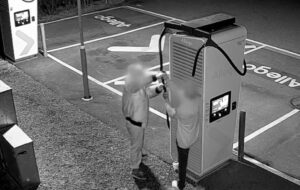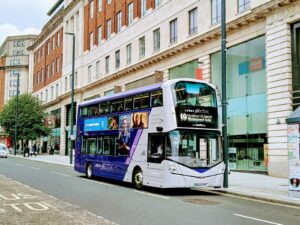A team from the Universities of Auckland, University College Dublin, and Glasgow have been exploring the effects of Glasgow’s Low Emission Zone on air quality, since enforcement began in June last year.
Scotland does not operate different categories of clean air zones and the Glasgow LEZ works in much the same was as London’s ULEZ, whereby the minimum emission standards is Euro 6 for diesel cars and vans (generally post-September 2015) and Euro 4 for petrol cars (generally post-2006).
Glasgow became the first city in Scotland to introduce a low emission zone back in 2018, although it only applied to buses.
The team collected hourly data from traffic sensors and air quality monitors in the busy Hope Street and High Street to produce figures for the daily average NO2. The UK Met Office provided information which allowed them to factor in the wind’s effect on NO2 dispersal.
Hope Street acquired some notoriety during lockdown when it proved to be the location of Britain’s biggest improvement in air quality, once cars were off the road.
Following the implementation of the LEZ, traffic on High Street fell noticeably during the week, which was matched by a fall in NO2 levels of between 25%-27%. At the weekends, however, traffic levels remained stable and yet NO2 was found to have dropped by 35%.
The amount of traffic on Hope Street was not affected by the LEZ yet median NO2 levels fell from 37.4µg/m³ to 32.6µg/m³ on core weekdays and from 34.9µg/m³ to 30.9µg/m³ at the weekend.
Co-author of the paper, Qunshan Zhao, Professor in Urban Analytics at the University of Glasgow’s Urban Big Data Centre, said: ‘These early results indicate that while traffic reductions and the decrease of the high emission vehicles in some parts of the city may be contributing to improved air quality, other factors may also play a role. The findings highlight the need for continued monitoring to better understand the LEZ’s long-term impact on both traffic and pollution levels across Glasgow. Paired traffic sensors and air quality sensors can be set up to help further understand the relationships between traffic flows and air quality variations.’

















Leave a Reply